1. Komodo Dragon
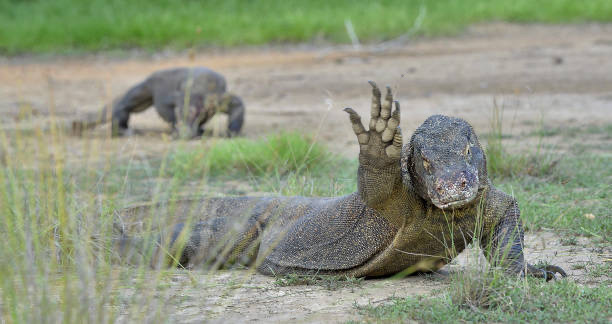
Female Komodo dragons have a remarkable ability to reproduce asexually through a process known as parthenogenesis. In this form of reproduction, an unfertilized egg develops into a viable offspring. This means that a single female Komodo dragon can reproduce without the presence of a male. While this is a rare occurrence and often happens in response to environmental factors such as the absence of males, it still demonstrates the adaptability of this species. In the wild, males and females will mate, but if a female is isolated, she can still produce offspring, making gender less crucial in these specific cases of asexual reproduction.
Hammerhead Worm

YouTube
Hammerhead worms are famous for their ability to regenerate, and when they lose part of their body, that piece can grow into an entirely new worm. This form of reproduction, known as fragmentation, allows them to reproduce asexually. Whether they are cut into pieces or not, any part of the hammerhead worm’s body can regenerate into a new individual. Gender doesn’t matter here—any fragment of the worm can grow into a fully functional organism. This ability to reproduce asexually through body regeneration makes the hammerhead worm a fascinating example of how some species have evolved to reproduce in unconventional ways.
Starfish
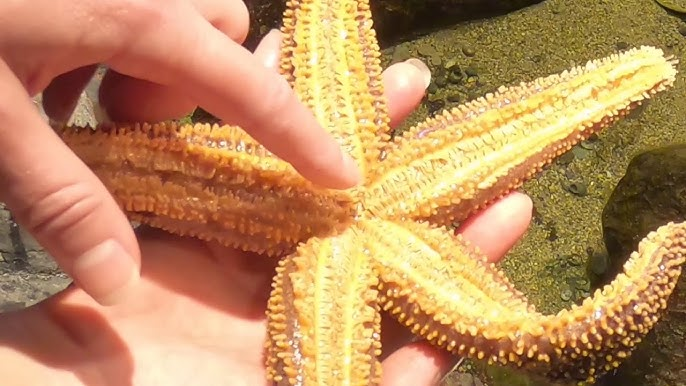
YouTube
Starfish have an incredible ability to regenerate limbs, and in some species, this ability extends to the entire organism. If a starfish loses an arm or part of its body, it can regenerate that lost part into a whole new starfish. This process is a form of asexual reproduction and doesn’t require the animal to find a mate. While some starfish also reproduce sexually, this regenerative form of reproduction is often enough to allow the species to thrive. When it comes to asexual reproduction in starfish, choosing between male or female is irrelevant because the new individual forms from a part of the original animal, bypassing the need for sexual reproduction entirely.
Aphids

YouTube
Aphids are small, soft-bodied insects known for their rapid reproduction rates. They often reproduce asexually through parthenogenesis, where females produce offspring without fertilization by males. This means that during certain times of the year, a single female aphid can produce an entire colony of offspring without ever needing a male. This process is highly efficient, especially when conditions are favorable, allowing the aphid population to grow rapidly. While males are present in some aphid populations during other parts of the year to engage in sexual reproduction, asexual reproduction doesn’t require the involvement of a male, making it all about the female aphids during certain seasons.
Whiptail Lizards
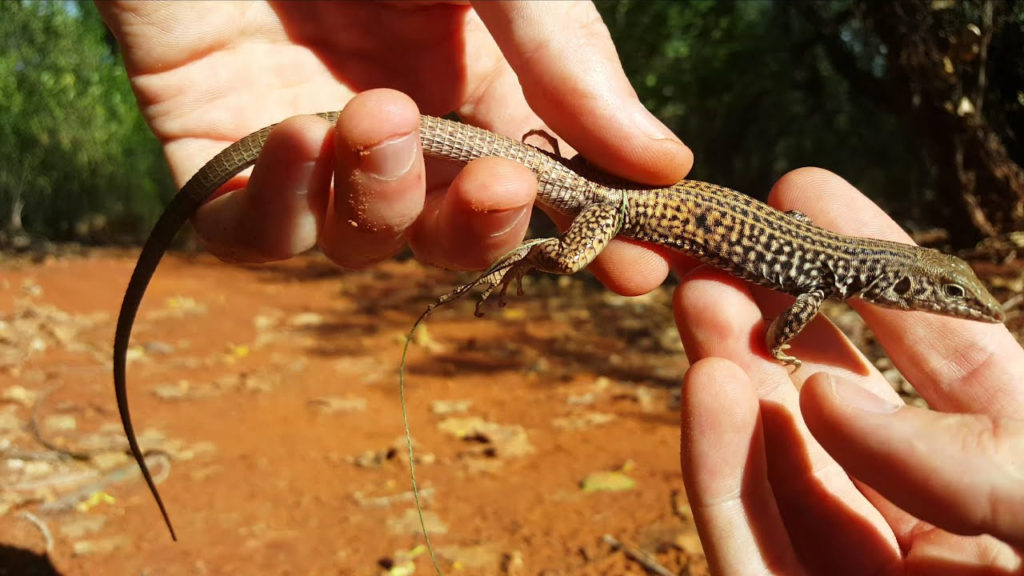
YouTube
Whiptail lizards are an example of parthenogenesis in reptiles. Female whiptail lizards can reproduce without any help from males, creating offspring through asexual reproduction. This process, where eggs develop into embryos without fertilization, allows the females to create new life entirely on their own. While there are some species of whiptail lizards that engage in sexual reproduction, many are exclusively female. In these populations, males are not needed for reproduction. The females will engage in mating-like behaviors to stimulate egg production, but it’s a purely asexual process in terms of offspring development, making gender unnecessary when it comes to their reproduction.
Baker’s Yeast (Yes, It Technically An Organism)

PICRYL
Baker’s yeast is a single-celled organism that reproduces asexually through a process called budding. In this process, a small bud forms on the yeast cell and eventually detaches to become a new, independent cell. This process doesn’t require a mate or any sexual reproduction. For those who work with yeast, whether it’s for baking or brewing, understanding this reproductive method is key to its efficient cultivation. The beauty of yeast is that it doesn’t rely on male or female individuals; both genders are irrelevant for reproduction. It’s all about the division of the cell, so when you’re dealing with yeast, you don’t have to worry about choosing a male or female at all.
Flatworms

YouTube
Planarians, a type of flatworm, are known for their incredible regenerative abilities. If a planarian is cut in half, each piece can regenerate into a fully functional, independent worm. This means that flatworms can reproduce asexually through fragmentation. Even though planarians possess both male and female reproductive organs, they don’t need to mate for asexual reproduction to occur. This means that a piece of the worm’s body, regardless of whether it was male or female, can re0generate into a new organism. Their regenerative abilities make them unique in the world of asexual reproduction, as any part of the planarian’s body can give rise to a new individual.
Jellyfish
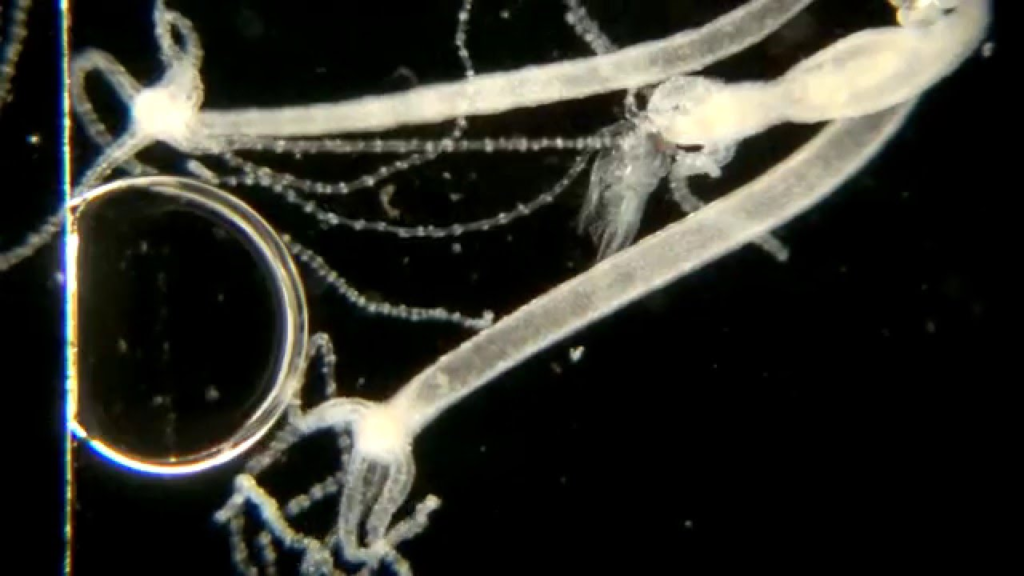
YouTube
The hydra, a type of jellyfish, has the fascinating ability to reproduce asexually by budding. In this process, a small bud forms on the hydra’s body and grows into a fully functional organism, which then detaches and becomes independent. This form of asexual reproduction is highly efficient and ensures that hydra populations can grow quickly in favorable conditions. Gender isn’t a factor in this type of reproduction; both males and females can reproduce asexually through budding. The ability of the hydra to create genetically identical offspring without the need for sexual reproduction allows this species to thrive in environments where mates may be scarce.
Coral

Flickr
Corals are marine animals that can reproduce both sexually and asexually. Through asexual reproduction, corals can create new polyps by budding, where a new individual forms from the parent organism. This is an effective way for coral colonies to expand and cover large areas of the ocean floor. While sexual reproduction in corals involves male and female gametes, asexual reproduction simply requires the parent coral to produce genetically identical offspring. For anyone interested in coral conservation or reef building, understanding the role of asexual reproduction is essential, as it allows coral colonies to regenerate and grow even without mating.
Sea Sponges
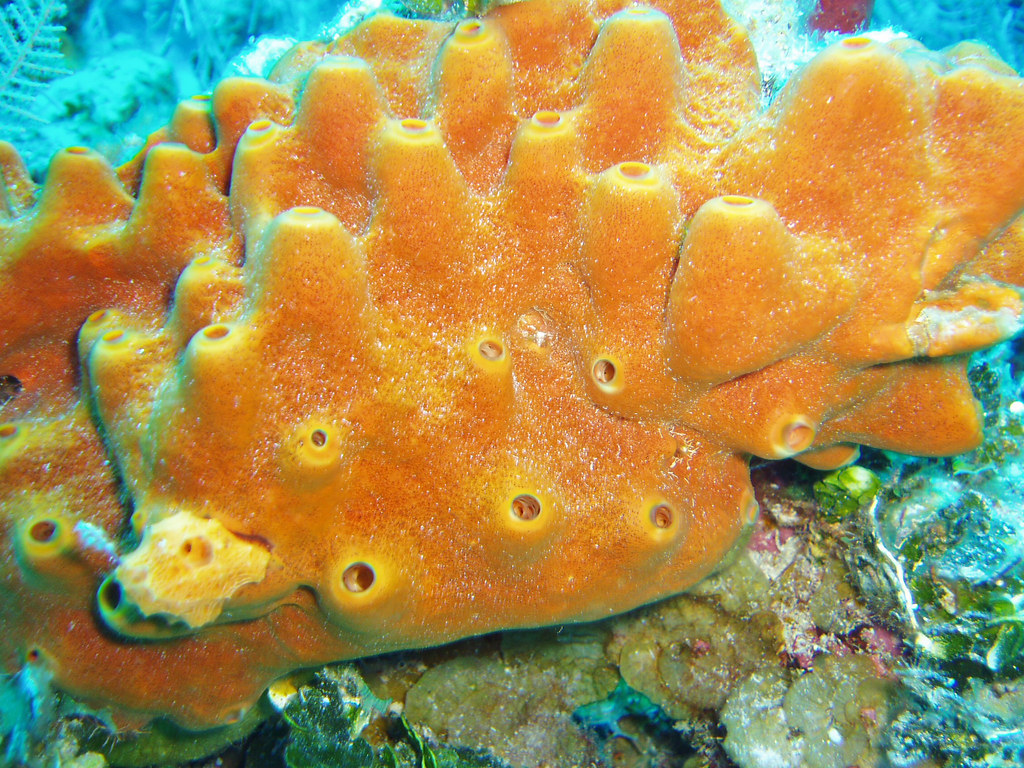
Flickr
Sea sponges are another example of organisms that can reproduce asexually. They can regenerate lost body parts and also reproduce through budding, just like yeast, where new individuals form from a part of the parent sponge. This form of reproduction allows sea sponges to thrive in environments where mates may be scarce. Since sea sponges don’t need male or female individuals to reproduce asexually, their ability to regenerate and produce offspring from any part of their body makes them highly adaptable. Whether they lose a piece of their body or simply need to expand, sea sponges rely on asexual reproduction to increase their population without needing sexual reproduction.
Amazon Molly
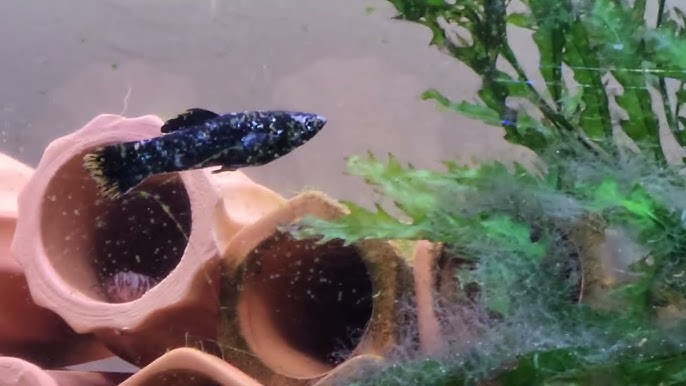
YouTube
The Amazon Molly is a unique fish species that reproduces asexually through parthenogenesis, where females produce offspring without fertilization by males. This form of reproduction allows female Amazon Mollies to populate waters with no male involvement. Parthenogenesis in these fish is particularly fascinating because it enables the population to grow rapidly and efficiently in environments where males may be scarce. While males may exist in other fish species, they are not necessary for reproduction in the case of the Amazon Molly. When studying these fish, you don’t need to choose a male or female for asexual reproduction to take place.
Nematodes

Wikimedia Commons
Some species of nematodes, or roundworms, reproduce asexually through parthenogenesis, with females producing offspring without the involvement of males. This is an efficient way for these microscopic worms to increase their population in environments where mates are difficult to find. While sexual reproduction can occur in other species of nematodes, those that reproduce asexually rely solely on females to create new individuals. Nematodes are often used in scientific research, and understanding their reproductive methods is essential for studies involving biology and ecology. For those studying these roundworms, it’s clear that choosing a male or female isn’t necessary for asexual reproduction.


